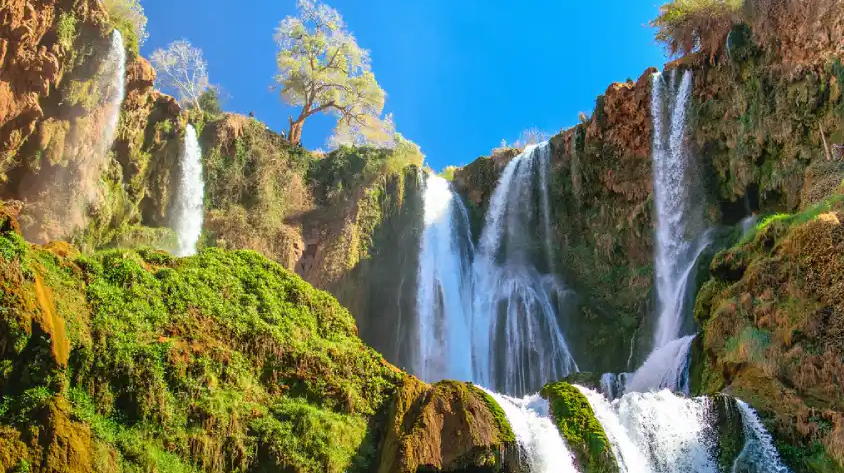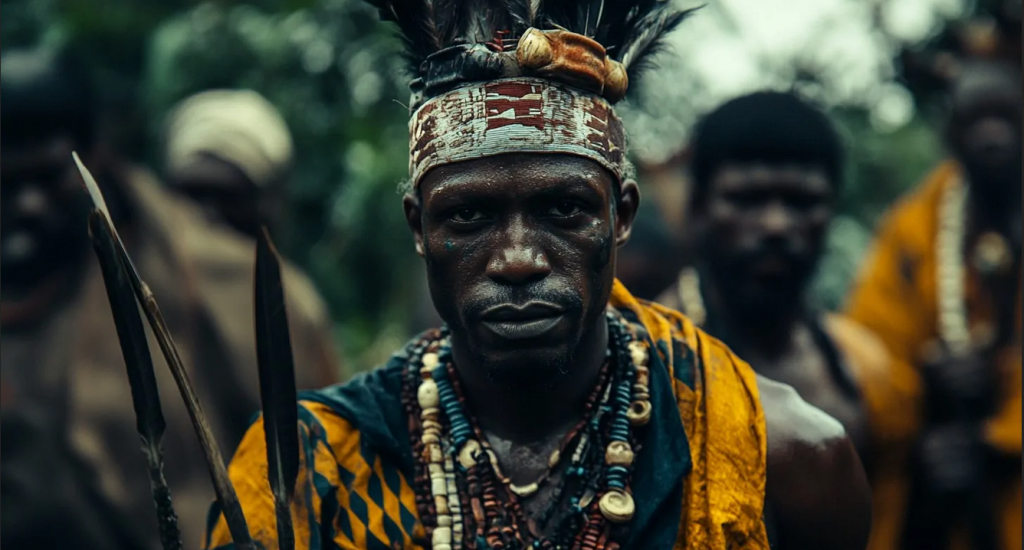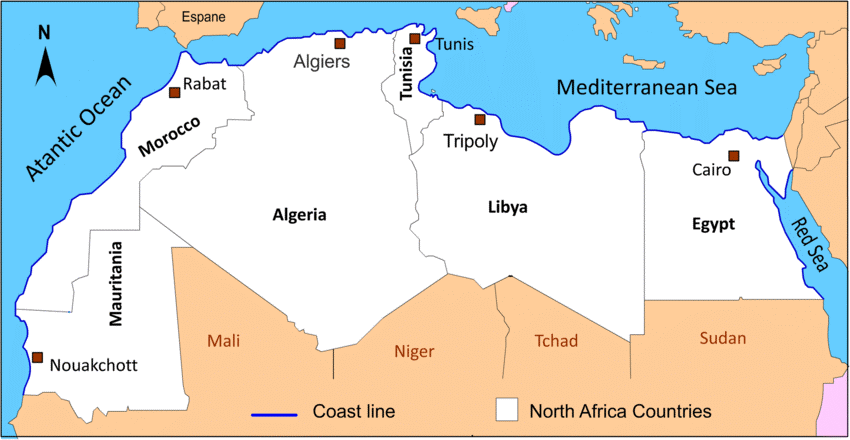Hwange National Park
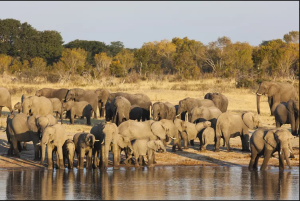
The Hwange National Park is the oldest and biggest of all of Zimbabwe’s game reserves, and it can be found in the western part of the nation, right on the border with Botswana. It has a land area of around 5,655 square miles (14,650 square kilometers) and serves as a safe haven for more than one hundred different kinds of mammalian species, including the “Big Five.” The number of elephants in the Hwange National Park is said to be one of the greatest in the world. This is the primary reason for the park’s notoriety. The park is also home to some of the most unique creatures seen on safari in Africa, such as the African wild dog, the brown hyena, and the black rhino, all of which are on the verge of extinction. Within the boundaries of this park, approximately four hundred different species of birds have been identified. There is a wide variety of lodging options available in Hwange National Park, ranging from opulent lodges situated in their very own private concessions to basic camps that provide visitors the opportunity to sleep outside beneath the stars in the middle of the African bush.
Victoria Falls
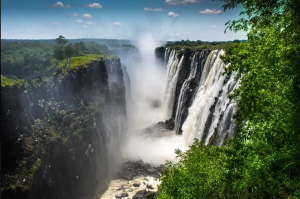
The Zambezi River forms the boundary between Zimbabwe and Zambia in the most western part of the country. At Victoria Falls, it drops from a cliff that has a height of 354 feet (108 meters) and a breadth of 5,604 feet (1,708 meters). In addition to being one of the Seven Wonders of the Natural World, this waterfall is the world’s biggest uninterrupted sheet of flowing water. During the height of the flood season, which occurs between the months of February and May, the spray that is created by the plummeting water may be seen up to 30 miles (48 kilometers) away. The locals gave the falls its name, Mosi-oa-Tunya, which translates to “The Smoke That Thunders,”
because of the amazing view it provides. A walkway may be found winding its way down the gorge’s brink on the Zimbabwean side of the mountain. Viewpoints provide jaw-dropping vistas of the plunging water as well as the rainbows that float in the air above the abyss. The volume is so loud that it hurts your ears, and the spray is so wet that it clings to your skin, but the show itself is something that you will never forget.
Mana Pools National Park
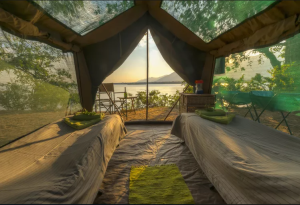
The Mana Pools National Park is widely considered to be one of the least disturbed natural habitats in all of Zimbabwe. The park can be found in the extreme north of the nation. Because of the amazing quantities of species that may be found there, including elephants, buffalo, leopards, and cheetahs, the area has been designated as a UNESCO World Heritage Site. Large numbers of hippos and Nile crocodiles may be found at Mana Pools, making it another paradise for animals that live in or around water. They are found in each of the four pools that give the park its name, each of which was formed by the Zambezi River before it changed its path to flow in a more northerly direction. Even at the peak of the dry season, this greatest one, which is around 6 kilometers (3.7 miles) long, serves as an important supply of water for the surrounding area. Because there is a lot of water, birdwatchers will find this park to be an excellent destination. Walking safaris and self-contained camping vacations are two activities that are best experienced in this part of the country.
Matobo National Park
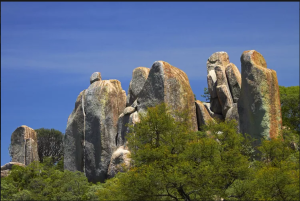
The entrance to Matobo National Park may be found around 25 miles (40 kilometers) to the south of Bulawayo. In the indigenous Ndebele language, the name of the park translates to “Bald Heads,” a title that relates to the unique granite rock formations that can be seen there. About of these boulders are stacked in what seems to be an impossible manner, and many of them are decorated with ancient rock art that was done by San bushmen some 2,000 years ago. Cecil Rhodes, a notorious imperialist from the 19th century, selected this location as the location for his burial, and his bones are honored by a brass plaque that is placed atop World’s View, the most famous viewpoint in the park. Hikers and those who want to view black and white rhinos go to Matobo National Park for their best chance of seeing them. In spite of the absence of lions and elephants, this region of Southern Africa is home to one of the greatest leopard populations and is an excellent location for seeing Verreaux’s eagles.


